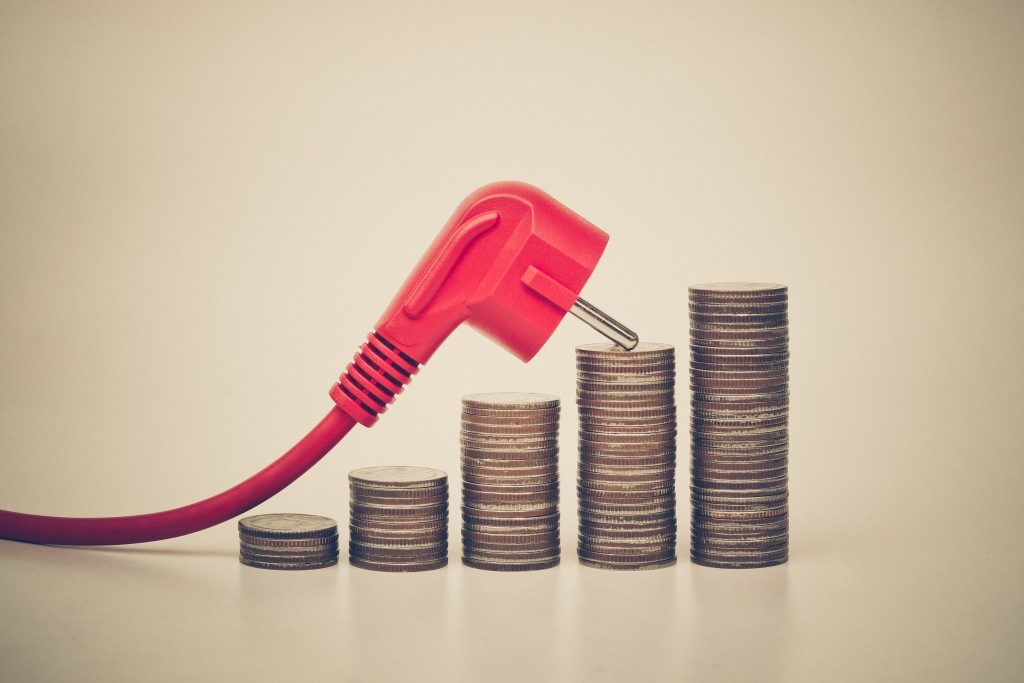Power consumption accounts for a significant amount of utility bills. On average, a typical home in the United States spends $2,000 annually on energy bills. It is, therefore, crucial to be conscious about controlling power usage. Even with the best measures in place, it is possible not to optimize consumption fully. There could still be some areas that escape your attention. These seemingly inconsequential areas could lead to skyrocketing power bills with time. Fortunately, if you maximize efficiency and control wastage, it will go a long way in controlling your energy consumption.
Boosting Efficiency
One common way of minimizing energy consumption is by using appropriate devices and ensuring that they are in their best performance. Heating and air-conditioning units are an essential element in making your home in Salt Lake City comfortable. Their significance is reinforced by the fact that they account for half of the overall energy bills. Always focus on their efficiency to control power usage.
Consider using programmable thermostats to avoid changing the settings regularly to reduce energy wastage while enhancing temperature changes during preset times. Additionally, regular maintenance checks will catch damage on time. Fix any air leaks in the ductwork, have heater repair expert come in for scheduled maintenance, and add new insulation where necessary to minimize cooling and heating costs.
Eliminate Vampire Power Draw

Standby power, also known as phantom or vampire power draw, is the energy that electronic appliances consume when they are turned off and not in use but still plugged in. When only a single machine contributes to this kind of vampire power consumption, the effect is not significant. But it eventually builds up when there is an idle load from many of them.
Some devices are more susceptible to power draw than others. Gadgets that use a remote control, charge batteries, have LED displays, or those with an external source of power have significant standby energy draw. They need the power to maintain displays, signal reception, power sensors, circuits, and internal clocks, as well as convert alternating current to direct current. As a result, they consume some electricity even when they are not serving their main functions. The most notable of these include coffee makers, DVD players, microwaves, cable boxes, garage doors, and TV sets.
When it comes to boosting power efficiency, there is no quick fix. Just like minute inefficiencies build up to cause significant wastage, so do any steps geared toward increased efficiency. To curb phantom power draw, every small step you take yields a cumulative effect. Doing it time and again has a significant impact on controlling wastage.
The most obvious way to achieve this is by unplugging items that are not in use. Consider evaluating each room to identify these. For example, unplug lamps, TV sets, clocks, laptop chargers in the guest rooms and only have them back on when needed. In your study, the printer, scanner, and router should go. Disconnect the sound system, cable box, and game console from the power source whenever they are not in use. Finally, don’t forget to check the kitchen. Unplug the coffee maker, microwave, toaster, and mixer.
If you are concerned about having to plug these items every time you need to use them or having cluttered cables, you can invest in a power bar. Some of these have timers that allow you to set specific times for it to turn on and off automatically. For devices operated using a remote, the power bar cuts off after a period of inactivity.
